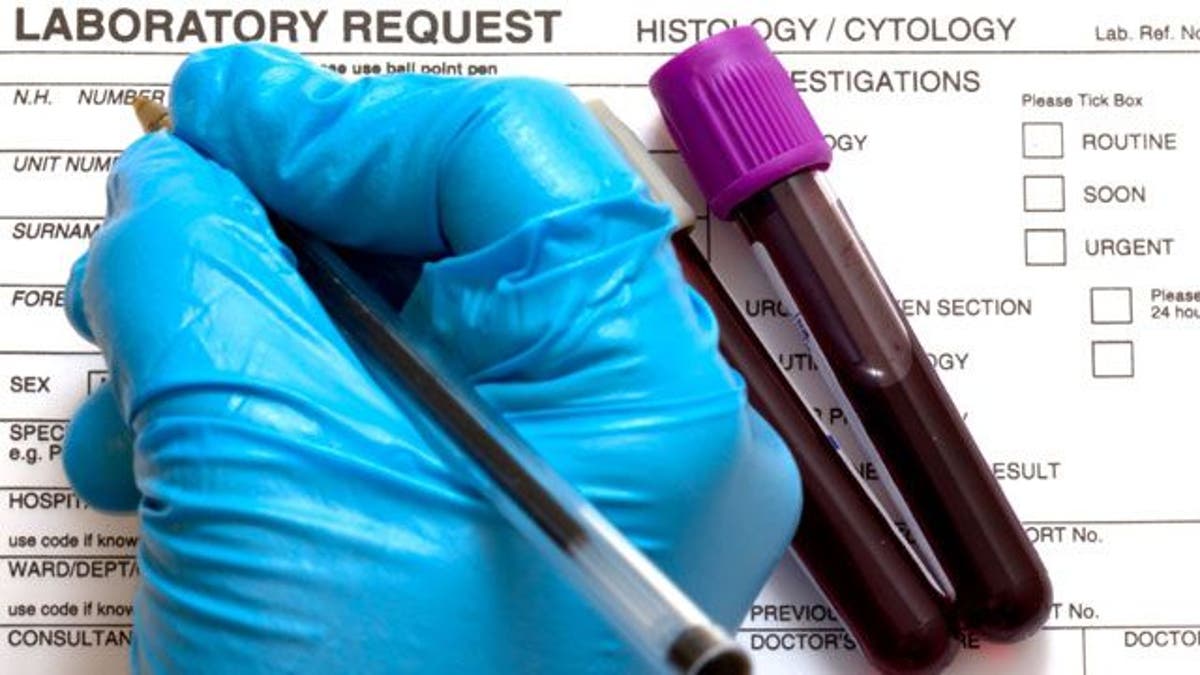
Cell-free fetal DNA tests are one of the most exciting new prenatal screening tools available to pregnant women. And they could change the way genetic screening is done in the future.
Find out what these tests can tell you, if you’re a candidate, and why it might not give you all the answers you need.
A non-invasive, no-risk, simple blood test
In less than two years, four companies in the United States have rolled out cell-free fetal DNA tests: Ariosa Diagnostics’ Harmony, Natera’s Panorama, Verinata’s Verifi and Sequenom’s MaterniT21.
Unlike amniocentesis and chorionic villus sampling (CVS), which are invasive and carry risks, a cell-free fetal DNA test is a simple blood test. The test can also be done early on in pregnancy – at around 10 weeks – and results are available within seven to 10 business days. All four companies also tout a nearly 100 percent accuracy rate.
What do they screen for?
Cell-free fetal DNA tests screen for Trisomy 13, 18, and 21. Also known as Down syndrome, Trisomy 21 affects one in every 691 babies in the United States, according to the National Down Syndrome Society. Some tests also screen for more obscure conditions like Turner and Triploid syndromes, and can even determine the baby’s sex.
The cost of the test runs anywhere from $800 to $2,000, and more insurance companies are covering the test. The availability of each test varies from state to state.
A good option for a high-risk pregnancy
In December 2012, the American College of Obstetricians and Gynecologists (ACOG) and the Society for Maternal-Fetal Medicine issued a committee opinion endorsing cell-free fetal DNA tests. But they noted that it should be the woman’s choice to get the test after genetic counseling, and it shouldn’t be part of the routine prenatal tests.
“They’re sensitive when they’re used in the right population,” said Dr. Alyssa Dweck, a board-certified obstetrician and gynecologist and co-author of V is for Vagina. Dweck said these tests are also only recommended for women who are considered high risk: those who are 35 or older; have had an abnormal ultrasound; have a history of having a child with trisomy chromosomal problems; or if one of the parents is a carrier of an unusual genetic abnormality.
There are limitations
Although the cell-free fetal DNA test can give you a lot of information about your pregnancy, it’s not as precise as amniocentesis or CVS. Here’s why: Amniocentesis and CVS grow fetal cells, which sequence the full DNA of the baby. The cell-free fetal DNA tests however, use fragments of DNA that float around in the bloodstream. And since it’s only a screening test, if it’s abnormal, the results should be confirmed with amniocentesis or CVS.
And what about those high accuracy numbers? “Those numbers don’t apply to women who don’t meet those high risk criteria,” Dweck said. Furthermore, the test is less accurate in women who are pregnant with multiples and for morbidly obese women, because there are less fragments of DNA found in their blood.
The future
ACOG’s current recommendations include a first trimester maternal blood screen between 10 and 13 weeks followed by another blood test at 16 to 18 weeks—the ultra-screen or triple screen. These should be done in conjunction with an ultrasound or nuchal translucency screen between 11 and 14 weeks.
In the future, the cell-free fetal DNA test could replace prenatal blood testing only, not the anatomy ultrasound at 20 weeks since “there are plenty of non-genetic abnormalities that are picked up on anatomy ultrasounds that wouldn’t be picked up by this cell-free DNA testing,” Dweck said.
And for women who aren’t considered high-risk, it’s still unknown if the tests will be available to them. “I think they need more information and be able to collect more data in order to apply the same excellent screening numbers to the lower risk population,” Dweck said.
